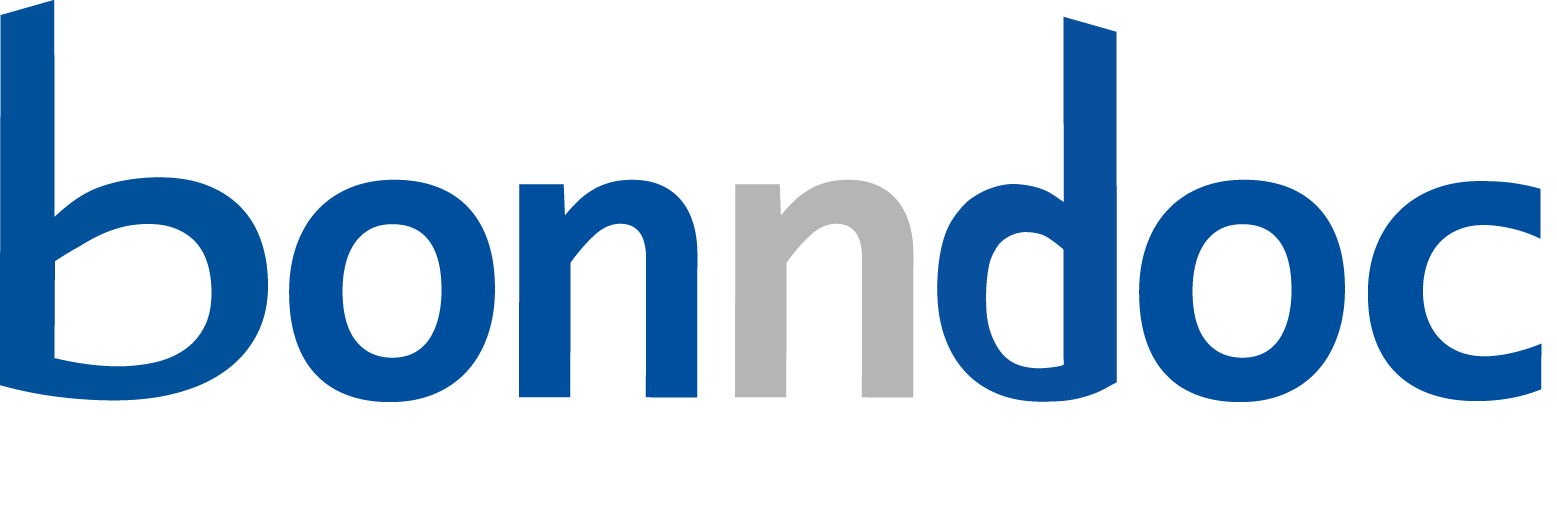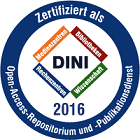Kappes, Sebastian Kalju: Evaluation of permeation of active pharmaceutical ingredients through outer biological barriers for topical application. - Bonn, 2024. - Dissertation, Rheinische Friedrich-Wilhelms-Universität Bonn.
Online-Ausgabe in bonndoc: https://nbn-resolving.org/urn:nbn:de:hbz:5-74078
Online-Ausgabe in bonndoc: https://nbn-resolving.org/urn:nbn:de:hbz:5-74078
@phdthesis{handle:20.500.11811/11276,
urn: https://nbn-resolving.org/urn:nbn:de:hbz:5-74078,
author = {{Sebastian Kalju Kappes}},
title = {Evaluation of permeation of active pharmaceutical ingredients through outer biological barriers for topical application},
school = {Rheinische Friedrich-Wilhelms-Universität Bonn},
year = 2024,
month = jan,
note = {The pharmaceutical therapy of diseases and health conditions is mostly connected to a systemic application of drug substances, most commonly in the form of solid dosage forms for oral application in order to reach their designated target tissue. However, the relative ease of solid dosage form development, manufacturing, and the high patient compliance come at the cost of non-intended exposure of the body’s tissues to active pharmaceutical ingredient (API). This may result in adverse effects and reduce therapeutic success. An alternative to the application of systemically effective drug delivery systems is the use of topical dosage forms, whose advantage is the exposure to drug right at the target tissue or in the nearest vicinity to it. Thus, adverse effects can be reduced, and highly effective drug concentrations still be achieved. This work focuses on dosage forms that are designed for delivery of APIs over a barrier to treat the barrier itself and even more so the adjacent tissue beneath, specifically by application on the skin and the nail plate.
First, the delivery of actives to the subcutaneous white adipose tissue, to remodel it for a potential use in metabolic disorders, is addressed. For this, feasibility studies for the topical application of the browning agents mirabegron, clenbuterol, salbutamol hemisulfate, and formoterol fumarate dihydrate are described with a focus on permeation through human skin in-vitro. The substances are proposed to induce a change of phenotype from white adipocytes, which store energy in the form of triglycerides, towards a beige form of adipocyte that expresses proteins of brown adipocytes. This would thereby increase energy expenditure of the treated tissues by enabling combustion of the stored fat in non-shivering thermogenesis. For all these compounds first formulations were found that allowed significant delivery through 400 µm thick human skin. Further experiments on mice in-vivo and full thickness abdominal human skin with adhering adipose tissue ex-vivo confirmed the delivery observed in-vitro and the proposed effect of the substances by results on gene and protein level, as well as histologically. The presented therapeutic approach could thus be a highly valuable approach to treat metabolic diseases, such as diabetes mellitus and obesity.
Secondly, improvement of existing Franz Diffusion Cell setups for delivery to the nail is explored. While permeation study design is rather sophisticated for skin as the barrier in question, ungual permeation has been poorly studied, despite the need for highly effective medicines for diseases related to this skin appendage, such as fungal infection. Therefore, the nail has continued to be a formidable barrier up to this day and predictive test systems are needed. The work herein presents an improvement to an in-vitro permeation model using membranes of bovine hoof as human nail surrogates to study ungual permeation. For this, membranes of 100 µm and 400 µm thickness, as well as 400 µm membranes infected with Trichophyton rubrum, the most prominent cause of onychomycosis, were compared in terms of their respective applicability for ungual permeation assessment from dosage forms with an immediate or prolonged release profile of the commercially used antifungal model drug bifonazole. It was discovered that prolonged release dosage forms could be compared in the 100 µm setup with sufficient resolution to save time. In contrast, differences between dosage forms with immediate release characteristics and contained permeation enhancer were more pronounced using a more physiological thickness of 400 µm. Moreover, infection of membranes still enabled assessment of the effect of vastly different formulation composition on flux, and in addition allowed testing of membrane ablation as a desired side effect of treatment.},
url = {https://hdl.handle.net/20.500.11811/11276}
}
urn: https://nbn-resolving.org/urn:nbn:de:hbz:5-74078,
author = {{Sebastian Kalju Kappes}},
title = {Evaluation of permeation of active pharmaceutical ingredients through outer biological barriers for topical application},
school = {Rheinische Friedrich-Wilhelms-Universität Bonn},
year = 2024,
month = jan,
note = {The pharmaceutical therapy of diseases and health conditions is mostly connected to a systemic application of drug substances, most commonly in the form of solid dosage forms for oral application in order to reach their designated target tissue. However, the relative ease of solid dosage form development, manufacturing, and the high patient compliance come at the cost of non-intended exposure of the body’s tissues to active pharmaceutical ingredient (API). This may result in adverse effects and reduce therapeutic success. An alternative to the application of systemically effective drug delivery systems is the use of topical dosage forms, whose advantage is the exposure to drug right at the target tissue or in the nearest vicinity to it. Thus, adverse effects can be reduced, and highly effective drug concentrations still be achieved. This work focuses on dosage forms that are designed for delivery of APIs over a barrier to treat the barrier itself and even more so the adjacent tissue beneath, specifically by application on the skin and the nail plate.
First, the delivery of actives to the subcutaneous white adipose tissue, to remodel it for a potential use in metabolic disorders, is addressed. For this, feasibility studies for the topical application of the browning agents mirabegron, clenbuterol, salbutamol hemisulfate, and formoterol fumarate dihydrate are described with a focus on permeation through human skin in-vitro. The substances are proposed to induce a change of phenotype from white adipocytes, which store energy in the form of triglycerides, towards a beige form of adipocyte that expresses proteins of brown adipocytes. This would thereby increase energy expenditure of the treated tissues by enabling combustion of the stored fat in non-shivering thermogenesis. For all these compounds first formulations were found that allowed significant delivery through 400 µm thick human skin. Further experiments on mice in-vivo and full thickness abdominal human skin with adhering adipose tissue ex-vivo confirmed the delivery observed in-vitro and the proposed effect of the substances by results on gene and protein level, as well as histologically. The presented therapeutic approach could thus be a highly valuable approach to treat metabolic diseases, such as diabetes mellitus and obesity.
Secondly, improvement of existing Franz Diffusion Cell setups for delivery to the nail is explored. While permeation study design is rather sophisticated for skin as the barrier in question, ungual permeation has been poorly studied, despite the need for highly effective medicines for diseases related to this skin appendage, such as fungal infection. Therefore, the nail has continued to be a formidable barrier up to this day and predictive test systems are needed. The work herein presents an improvement to an in-vitro permeation model using membranes of bovine hoof as human nail surrogates to study ungual permeation. For this, membranes of 100 µm and 400 µm thickness, as well as 400 µm membranes infected with Trichophyton rubrum, the most prominent cause of onychomycosis, were compared in terms of their respective applicability for ungual permeation assessment from dosage forms with an immediate or prolonged release profile of the commercially used antifungal model drug bifonazole. It was discovered that prolonged release dosage forms could be compared in the 100 µm setup with sufficient resolution to save time. In contrast, differences between dosage forms with immediate release characteristics and contained permeation enhancer were more pronounced using a more physiological thickness of 400 µm. Moreover, infection of membranes still enabled assessment of the effect of vastly different formulation composition on flux, and in addition allowed testing of membrane ablation as a desired side effect of treatment.},
url = {https://hdl.handle.net/20.500.11811/11276}
}






